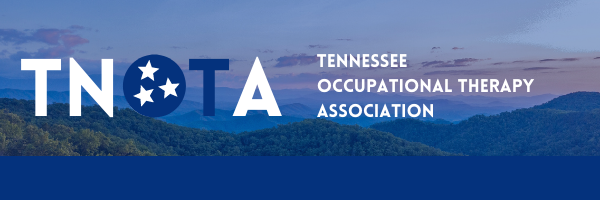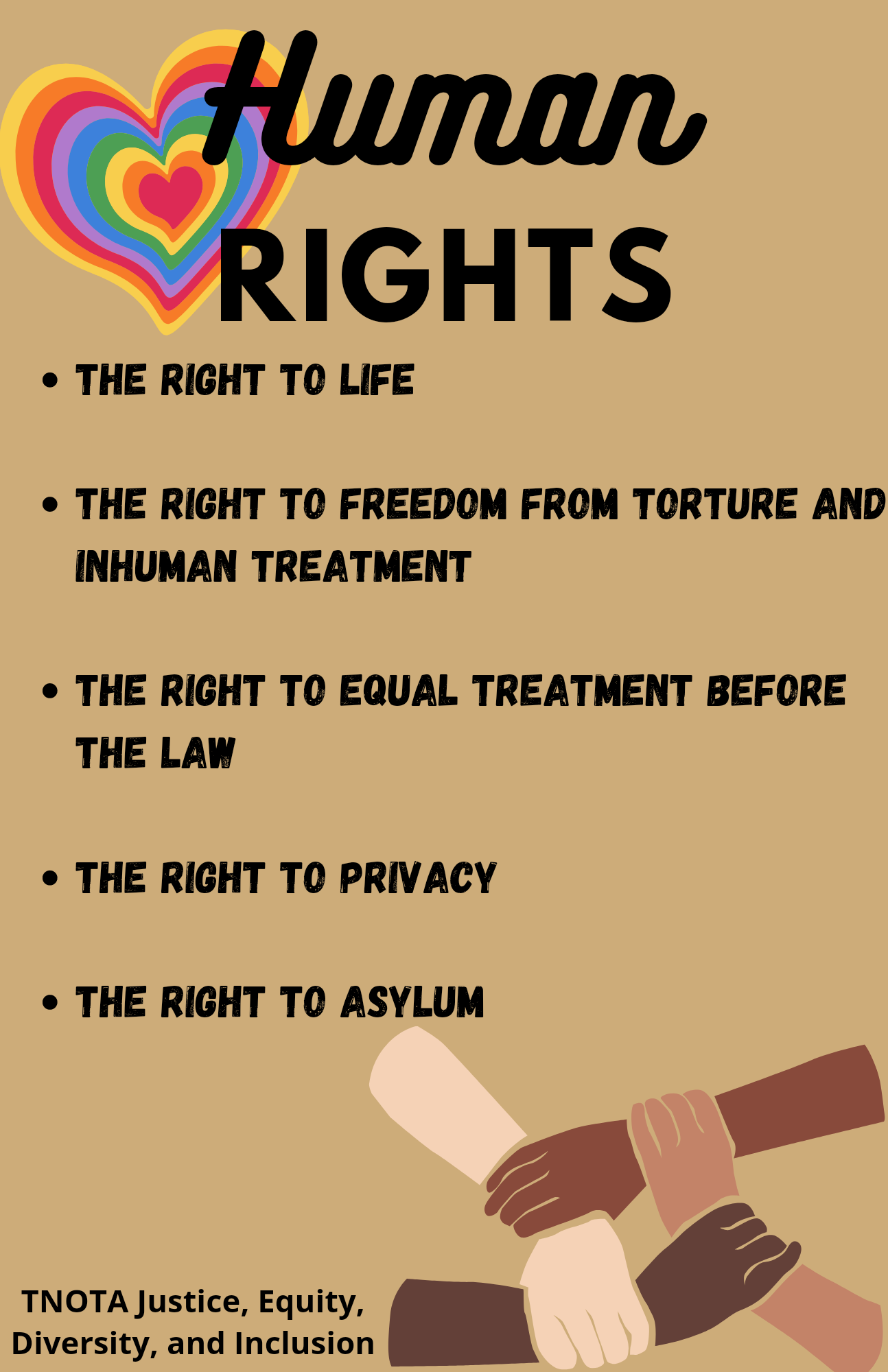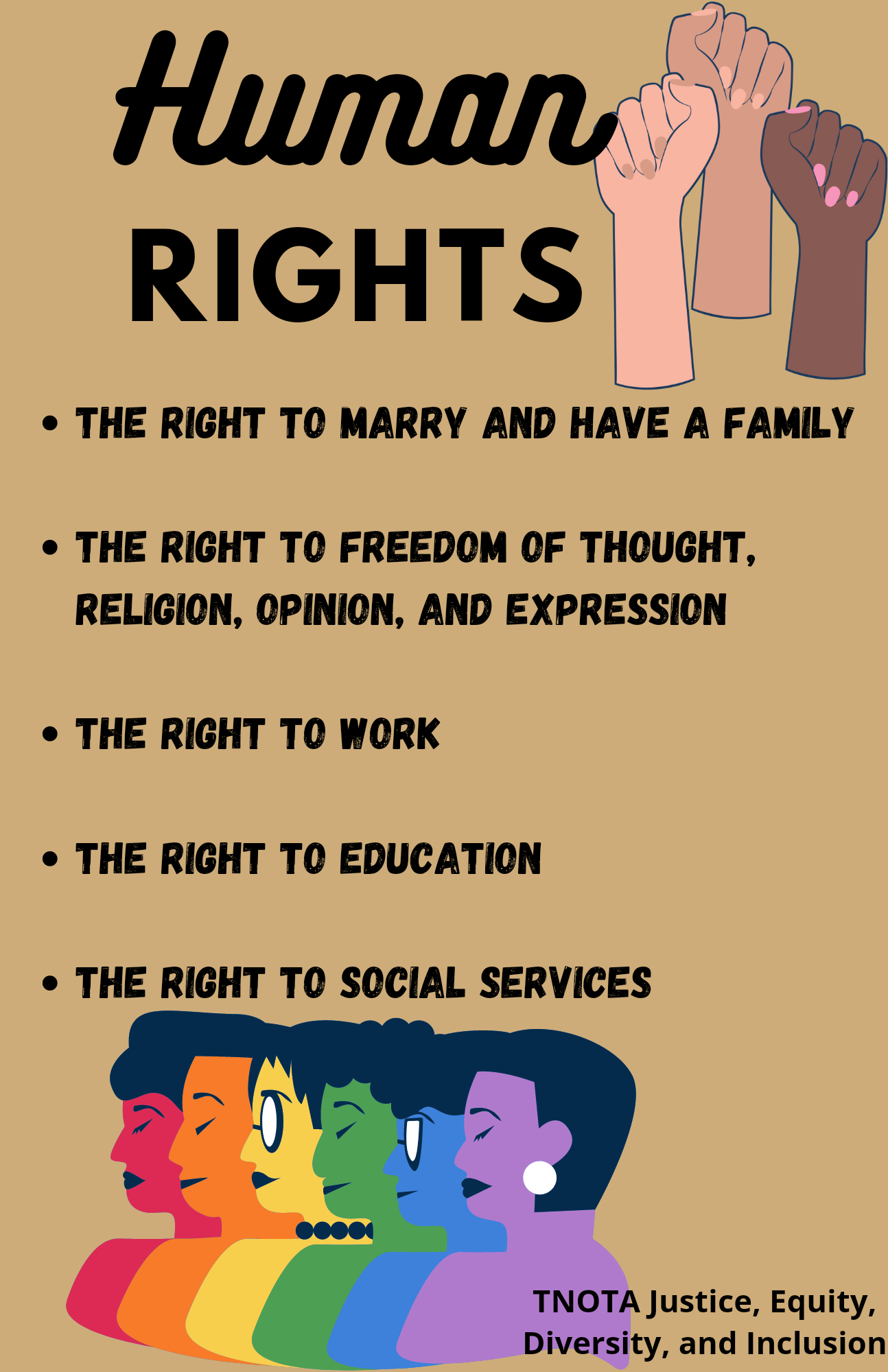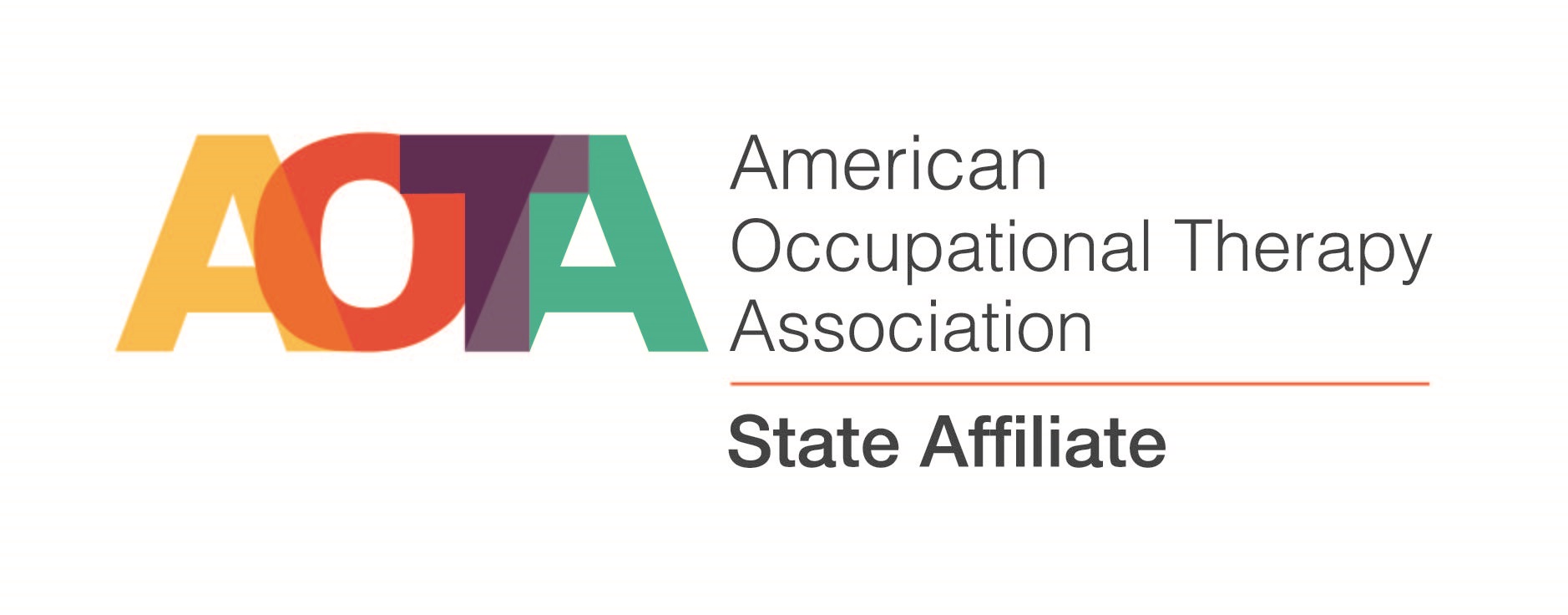|
Human Rights SeriesOver the course of the next 10 months, join us as we explore 10 of the basic human rights and their relation to diversity, equality, inclusion, and justice along with what this means within our profession as students and professionals. From the right to life, education, privacy, and many more, we will be discussing monthly aspects related to these rights in our own lives and others.
Human Right 1: The Human Right to LifeThere are many interpretations of every quote ever spoken. Each of us has our own internal dialogue with some studies stating that the average human can think up to 800 words per minute. Every day, specialists in law, philosophy, art, science, etc. continue to debate words spoken thousands of years ago as well as words spoken 5 minutes ago. So, with saying this I would like to suggest an open mind on the subject of life as a human right. The right to life is one of the most fundamental of human rights as without the right to life, no other right would be necessary. Of course we humans have found exceptions in our statements through time of contemplation. Some exceptions in various countries are for capital offense, reasonable force, and defense from unlawful violence and others that have been unseemingly developed over the years by lawyers, politicians, protesters and others. Today I have no intention of going into detail on what is right and wrong; mainly because there is no definitive answer for any question when tested under various religions, philosophies, and circumstances. I would like to discuss the importance of life. Let’s assess the three main offenses that humans, on a daily basis, commit against the human right to life. 1.) We don’t appreciate what we have and what we could have with a little work. “One must still have chaos in oneself to be able to give birth to a dancing star.” Nietchze had a way with words, and my interpretation is that without a little work or “chaos” we are not able to reap the benefits. Knowledge is powerful and requires time and effort to acquire and thus, another key component to life. 2.) We forget to seek out collateral beauty. Yes, life sucks sometimes but as Joseph Campbell once said “Suddenly you're ripped into being alive. And life is pain, and life is suffering, and life is horror but my God you're alive and it's spectacular.” Embrace the ache but do not continue to lick the paper cuts of the soul. 3.) Allowing expectations of ourselves or other’s expectations they have for us dictate our life. Fulfilling someone else’s dream other than our own is exhausting. As Alan Watts so eloquently stated in one of his lectures that we allow ourselves to be coaxed into a life of “come on, kitty kitty kitty” into each “milestone” we as humans celebrate. Our minds metaphorically stumble into a journey with a set destination (that big job, that new car, retirement, etc.) and upon arrival we feel no different than before. Watts states life should be metaphorically compared to that of a dance where we enjoy the dance and the music without continuously anticipating the finale. In the end there is no secret to life, no secret to happiness, no quick fix, no set list of what humans deserve because there is no definitive answer to anything. There is only the majority’s reality and we get to choose what we appreciate, what we seek out when able, and finally, when to quit. Me personally.. I choose a life of seeking and striving towards maximum potential for other souls and for myself. The right to life. Written by:Morgan Booth, OTR/L she/her TNOTA JEDI committee member Human Right 2: The right to freedom from torture and inhumane treatmentFreedom - The power or right to act, speak, or think as one wants without hindrance or restraint When people think about freedom, often we think about the physicality of not being free; not being imprisoned, enslaved, held captive, or restrained. Not to downplay the severity of these issues, but it there are many ways to look at this concept. As occupational therapists, we know that people are constantly being held captive within their own minds which can come from intrinsic and extrinsic factors. If we can view freedom, or lack thereof, as physical and mental, then it’s important to view torture and inhumane treatment in the same capacity. Torture and inhuman treatment from others can come from many different facets. Treatment of an individual can lead to a lasting impact on one's mental health. Disregarding a name change, misgendering, cultural isolation, or denying services to an individual due a hidden diagnosis that you don’t believe is truly there, can all exacerbate negative symptoms and impact how an individual navigates and perceives the world they live in. I believe inhumane treatment is to treat someone different because you don’t agree with their thoughts, beliefs, ethnicity etc. Individual growth occurs through making mistakes, learning from them and altering actions. Imagine a world where you are not accepted and are verbally or physically attacked for being you People won’t associate with you, they may avoid you and talk behind your back, or they may treat you as less. This is a primary example of inhume emotional torture, I believe, and everyone has a right to freedom from that. We must be willing to be aware of our own beliefs and meet people where they are. We must not only accept them for who they are, but also be willing to learn from them the best ways to help them. As individuals in this world, we are only experts on ourselves; for everything else we must be able to listen and learn from our family, friends, clients, strangers, and everyone we interact with. While it is true that we can only truly see the world through our own lens, how much more beautiful of a world would it be if we could begin understanding the world through the world eyes of everyone. The first step is true acceptance of our differences. Stedmon Hopkins, OTD, OTR/L Ashley Young, OTS Human Right 3: The right to equal treatment before the law“All are equal before the law and are entitled without any discrimination to equal protection of the law.” Although this is one of the many rights we are all afforded, it is one that is taken from many. Many individuals face racism and discrimination daily by those who have and abuse their power. Although African Americans makeup a smaller portion of the population, they makeup 47 percent of wrongful conviction exonerations and 35 percent of individuals executed by the death penalty (Inman, n.d.). Although improving, Latin x youth were 28% more likely to be detained or committed in juvenile facilities than their white peers. LGBTQ youth are extremely overrepresented in the juvenile justice system. Researchers estimate that 20% of youth in the juvenile justice system are lesbian, gay, bisexual, questioning, gender nonconforming, or transgender compared with 4-6% of youth in the general population (Jones, n.d.). When discussing equal treatment before the law, we have to look beyond just the officers that have sworn to serve and protect, but also at the judicial system that interprets the laws, punish criminals, and assess innocence and guilt. What can you do? For starters, be an ally. Last year there were a thread of posts, outlining what an ally is and ways to improve . The post can be accessed through the link below. To be an ally, simply put, is to show compassion and support for everyone no matter their background, identity, race, etc. and being willing to walk alongside individuals that are to help end oppression. It's using your voice to help others who may not have a platform themselves. Research ways to get involved in the community to point out inequalities for minorities, get involved in programs that aim to increase diversity in the justice system, and join educational efforts aimed at teaching individuals about the importance of diversity and representation. Get involved and speak up! To be silent is to be complicit. Inman, S. N. (n.d.). Racial disparities in criminal justice. American Bar. Retrieved August 22, 2022, from https://www.americanbar.org/groups/young_lawyers/publications/after-the-bar/public-serivce/racial-disparities-criminal-justice-how-lawyers-can-help/ Jones, A. (n.d.). Visualizing the unequal treatment of LGBTQ people in the criminal justice system. Prison Policy Initiative. Retrieved August 22, 2022, form https://www. Prisonpolicy.org/blog/2021/03/02/lgbtq/ Rovner, J. (2021, July 16). Latinx disparities in youth incarceration. The Sentencing Project. Retrieved August 22, 2022, from https://www.sentencingproject.org/publications/latino-disparities-youth-incarceration/ |




